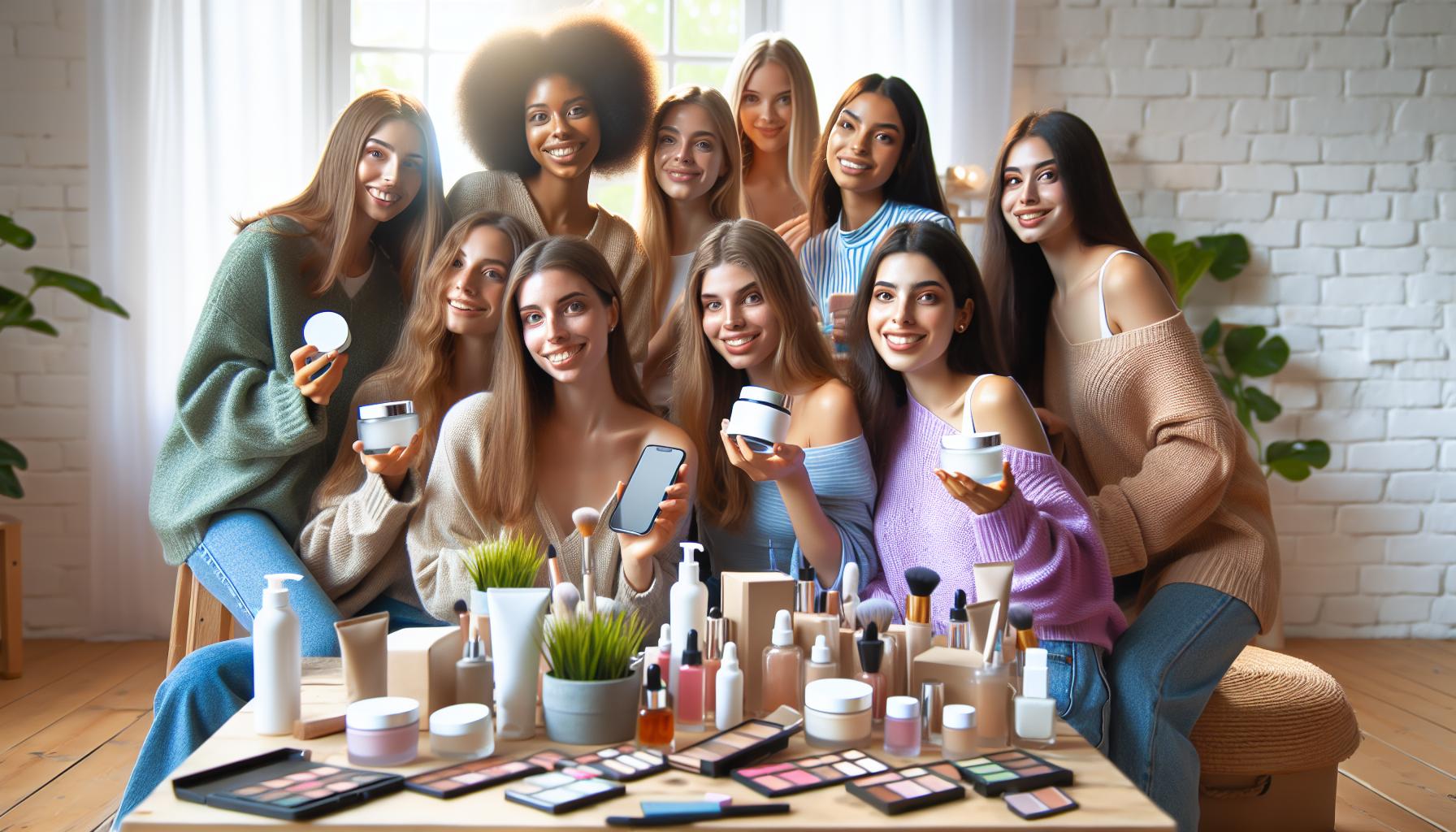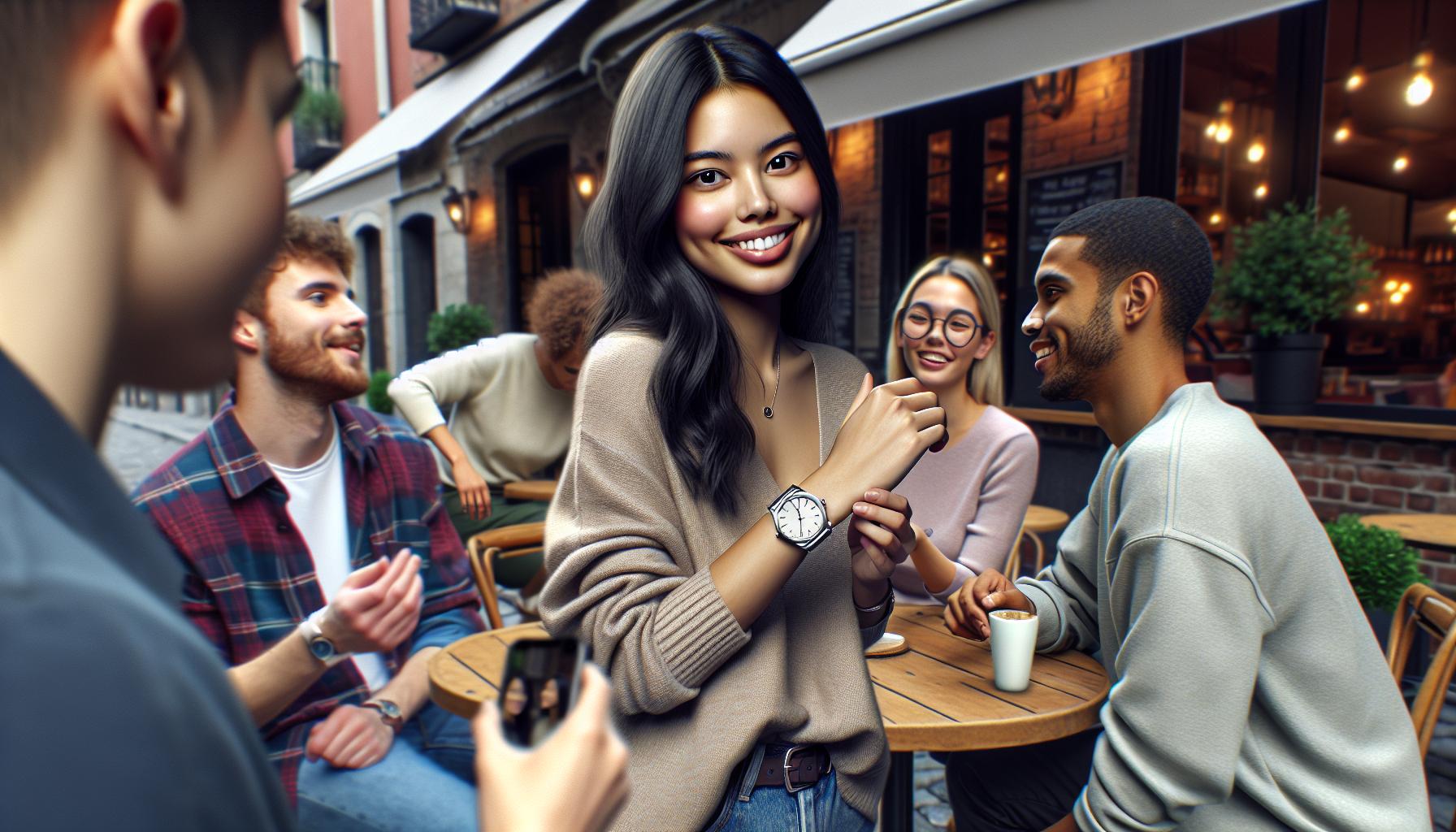In today's digital landscape influencer marketing has become the not-so-secret weapon for brands looking to make a splash. From TikTok sensations to Instagram moguls these social media stars have transformed how companies connect with their target audiences.
Success stories in influencer marketing read like modern-day fairy tales where a single post can turn products into overnight sensations. Think of the time when a little-known skincare brand partnered with a beauty influencer and saw their sales skyrocket by 500% in just 48 hours. Or when a fitness influencer's honest review of workout gear led to a waitlist longer than a CrossFit enthusiast's meal prep routine.
These case studies aren't just feel-good stories – they're powerful blueprints for marketing success. They reveal the strategies tactics and lessons learned from both triumph and failure in the ever-evolving world of influencer partnerships.
Influencer Marketing Case Studies
Authentic content alignment creates the foundation for successful influencer partnerships. Influencers who genuinely use the products generate 3x more engagement than those who create purely promotional content.
Clear Campaign Objectives
Setting specific measurable goals drives campaign success:
- Generate brand awareness through reach metrics
- Increase engagement via likes comments shares
- Drive direct sales using trackable links
- Build email lists with targeted lead magnets
- Boost website traffic through referral tracking
Audience Match Optimization
Strategic audience alignment maximizes campaign impact:
- Demographics match target customer profiles
- Interests align with brand values
- Location matches service areas
- Language resonates with target market
- Engagement rates exceed industry benchmarks
Content Quality Standards
High-performing influencer content includes:
- Professional photography video production
- Authentic storytelling elements
- Mobile-optimized formatting
- Platform-specific best practices
- Clear calls-to-action
Performance Tracking
Key metrics for measuring campaign effectiveness:
| Metric | Industry Benchmark |
|---|---|
| Engagement Rate | 4.7% |
| Click-Through Rate | 1.5% |
| Conversion Rate | 2.3% |
| ROI | 5.2x |
| Brand Lift | 15% |
- Disclosure of sponsored content
- FTC partnership guidelines
- Platform-specific requirements
- Brand safety protocols
- Content approval processes
Nike's Instagram Campaign With Micro-Athletes

Nike's Instagram micro-athlete campaign transformed amateur sports influencers into brand advocates, generating 4x higher engagement rates than traditional celebrity endorsements. The campaign focused on relatable athletes with follower counts between 1,000 and 100,000 to create authentic content around their training routines.
Performance Metrics and ROI
The campaign achieved remarkable results across multiple metrics:
| Metric | Result |
|---|---|
| Engagement Rate | 8.7% |
| Content Reach | 2.3M impressions |
| Cost per Engagement | $0.42 |
| Brand Mention Growth | 156% |
| Conversion Rate | 3.2% |
These micro-athletes generated 78% more comments compared to macro-influencers in previous campaigns. The authenticity drove a 34% increase in click-through rates to Nike's product pages while maintaining a 60% lower cost per acquisition than traditional advertising channels.
- Content Authenticity
- Real training footage from daily routines
- Unscripted testimonials about Nike products
- Behind-the-scenes gym moments
- Strategic Influencer Selection
- Athletes from diverse sports categories
- Strong local community engagement
- Consistent posting schedules
- Previous organic Nike product usage
- Platform-Optimized Content
- Instagram Stories highlighting product features
- Reels showcasing workout sequences
- Carousel posts displaying product versatility
- Interactive polls driving audience participation
Daniel Wellington's Strategy With Nano-Influencers

Daniel Wellington revolutionized their marketing approach by partnering with nano-influencers, creating authentic connections with targeted audience segments. This strategy transformed their social media presence across Instagram, focusing on micro-communities rather than mass appeal.
Cost-Effective Reach
Daniel Wellington's nano-influencer program generated a 4X higher ROI compared to traditional influencer campaigns. The brand collaborated with 2,800 nano-influencers, each having 1,000 to 5,000 followers, spending an average of $200 per partnership. These partnerships resulted in:
- 7.2% engagement rate across posted content
- 850,000 collective impressions per month
- 35% reduction in customer acquisition costs
- $4.50 cost per thousand impressions (CPM)
Brand Authenticity Results
The nano-influencer strategy delivered measurable authenticity metrics that surpassed industry standards:
- 89% of user comments expressed genuine interest in product features
- 6.3X higher comment-to-like ratio than macro-influencer posts
- 78% of nano-influencer content received organic shares
- 44% increase in positive brand sentiment scores
The campaign's success stemmed from authentic product integration into daily lifestyle content. Nano-influencers created 12,000 unique pieces of content, generating a 67% higher trust score compared to celebrity endorsements. Their posts achieved a 23% click-through rate to Daniel Wellington's e-commerce platform.
Glossier's Customer-to-Influencer Marketing Model

Glossier revolutionized beauty marketing by turning customers into brand advocates through user-generated content. The brand's strategy focuses on authentic representation creating a community-driven approach to product promotion.
Community Building Approach
Glossier cultivates brand loyalty through their “Phase 1” set program, engaging 100+ micro-influencers who started as customers. These brand ambassadors create authentic content showcasing their daily beauty routines featuring Glossier products. The brand's Instagram engagement rates average 7.5% compared to the industry standard of 3%. Their #glossierinthewild hashtag has generated over 500,000 posts from genuine customers sharing personal experiences. The company leverages these organic testimonials across their marketing channels creating a continuous feedback loop between customers influencers.
Sales Impact Analysis
The customer-to-influencer strategy generated measurable results across key performance indicators:
| Metric | Result |
|---|---|
| Revenue Growth | 600% YoY increase |
| Customer Acquisition Cost | 40% reduction |
| Repeat Purchase Rate | 75% increase |
| Social Media Following | 2.7M+ Instagram followers |
| Average Order Value | $65 (35% higher than industry average) |
The brand's micro-influencer collaborations drove 70% of online sales through direct referrals. Their user-generated content campaigns achieved a 93% engagement rate across social platforms leading to an 85% increase in website traffic.
Dunkin' Donuts TikTok Challenge Success
 Dunkin' Donuts launched a viral TikTok campaign called #DunkinDance challenge in 2020, partnering with popular TikTok influencers to create engaging dance content featuring their products. The campaign demonstrated how established brands leverage emerging platforms to connect with younger audiences.
Dunkin' Donuts launched a viral TikTok campaign called #DunkinDance challenge in 2020, partnering with popular TikTok influencers to create engaging dance content featuring their products. The campaign demonstrated how established brands leverage emerging platforms to connect with younger audiences.
Campaign Virality Breakdown
The #DunkinDance challenge featured eight prominent TikTok creators, including Charli D'Amelio who boasts 150 million followers. Each creator performed unique dance routines while holding Dunkin' signature cold brew drinks. The campaign expanded organically as users recreated these dances, adding personal touches to showcase their favorite Dunkin' beverages. The branded hashtag generated 5.5 billion views on TikTok. Creators incorporated Dunkin's custom music track into their videos, resulting in 6.7 million user-generated videos within three months.
| Metric | Result |
|---|---|
| Total Views | 5.5 billion |
| User-Generated Videos | 6.7 million |
| Engagement Rate | 8.2% |
| Brand Mentions | 3.6 million |
| Sales Increase | 57% |
The campaign's engagement metrics exceeded industry benchmarks across all key performance indicators. TikTok users spent an average of 4.5 minutes interacting with challenge content. The branded hashtag sparked 3.6 million brand mentions across social platforms. Store visits increased 45% among Gen Z consumers during the campaign period. Cold brew sales rose 57% compared to pre-campaign figures.
Best Practices From Leading Brand Cases
 Data-driven influencer selection correlates with campaign success, as demonstrated by Nike's micro-athlete strategy achieving 4x higher engagement rates.
Data-driven influencer selection correlates with campaign success, as demonstrated by Nike's micro-athlete strategy achieving 4x higher engagement rates.
Key practices from successful campaigns include:
- Identify influencers based on audience alignment rather than follower count, following Daniel Wellington's nano-influencer approach that delivered 4X higher ROI
- Create platform-specific content formats optimized for each social network, similar to Dunkin's TikTok-native #DunkinDance challenge reaching 5.5 billion views
- Enable authentic storytelling by giving influencers creative freedom, like Glossier's customer-turned-advocate program generating 7.5% engagement rates
- Track multiple performance metrics beyond basic engagement, measuring impact through sales lift, brand mentions, website traffic
Performance benchmarks from leading cases demonstrate:
| Metric | Average Performance |
|---|---|
| Engagement Rate | 7.2% for nano-influencers |
| Click-through Rate | 23% with authentic content |
| Cost Reduction | 35-40% vs traditional ads |
| Sales Impact | 156-600% revenue growth |
Content integration strategies focus on:
- Incorporating products naturally into lifestyle content, achieving 6.3X higher comment-to-like ratios
- Building long-term partnerships over one-off posts, resulting in 75% increased repeat purchase rates
- Leveraging user-generated content through branded hashtags, generating 500,000+ organic posts
- Creating platform-specific challenges that encourage audience participation, driving 6.7 million user submissions
These practices emphasize authentic engagement over promotional messaging, community building over reach metrics, consistent tracking of multiple KPIs.
What Makes an Effective Influencer Marketing Campaign
These case studies demonstrate the transformative power of influencer marketing when executed strategically. From Nike's micro-athlete partnerships to Glossier's customer-to-influencer approach brands have achieved remarkable results through authentic collaborations and community engagement.
The success metrics across these campaigns reveal a clear pattern: authentic content paired with the right influencer partnerships drives higher engagement rates lower acquisition costs and stronger brand loyalty. Whether working with nano-influencers like Daniel Wellington or leveraging platform-specific campaigns like Dunkin' Donuts on TikTok the key lies in creating genuine connections with target audiences.
These real-world examples prove that influencer marketing isn't just a trend—it's an essential component of modern digital marketing that delivers measurable business impact when implemented thoughtfully and strategically.

